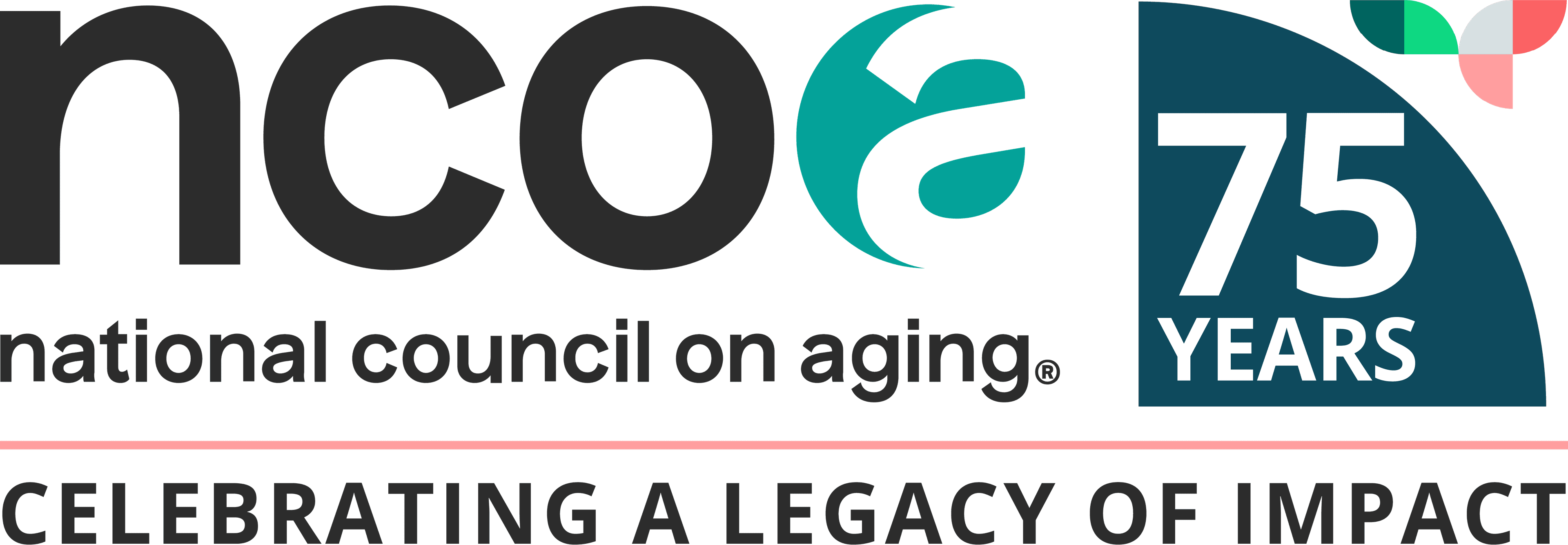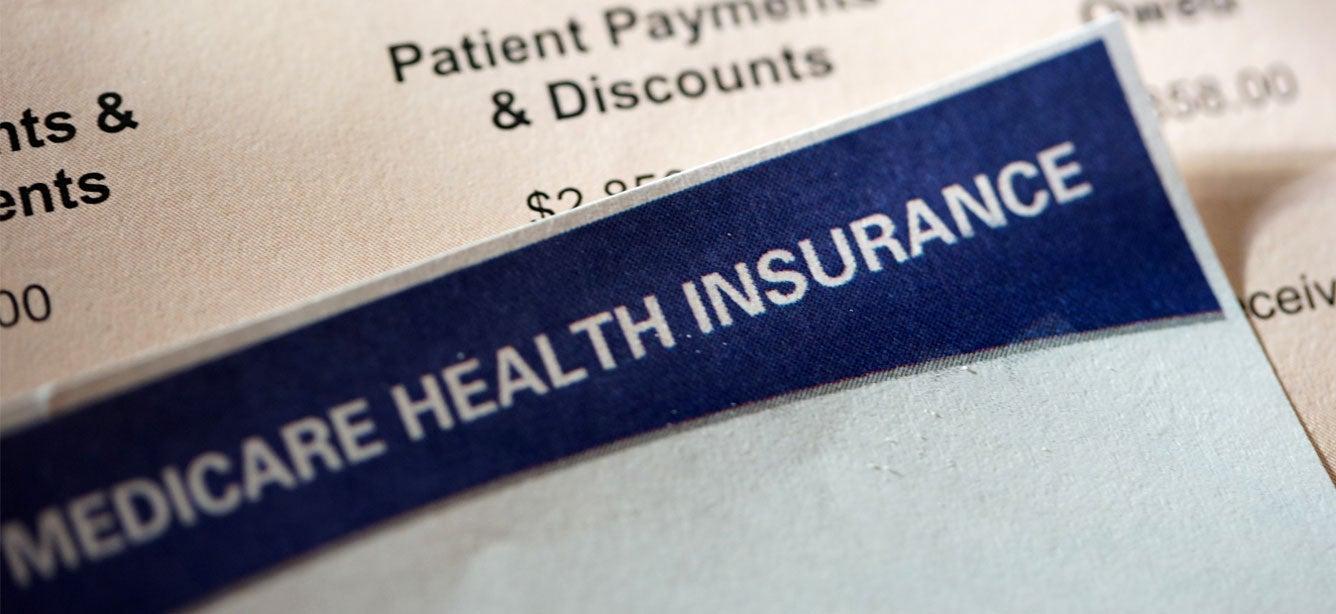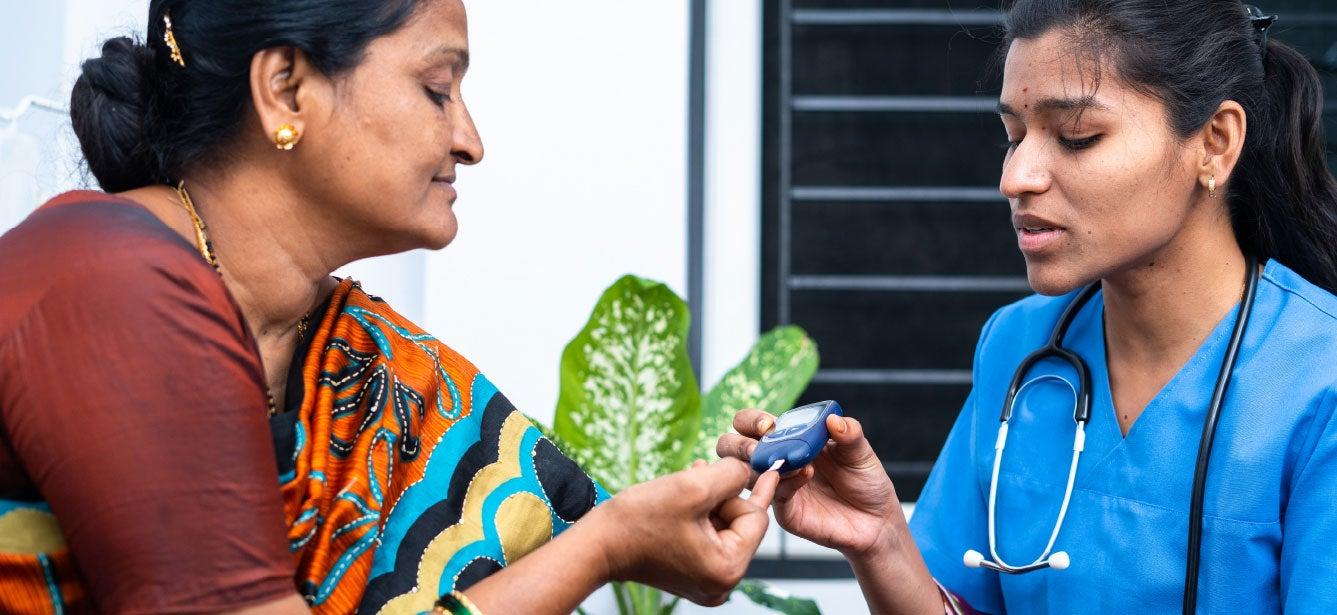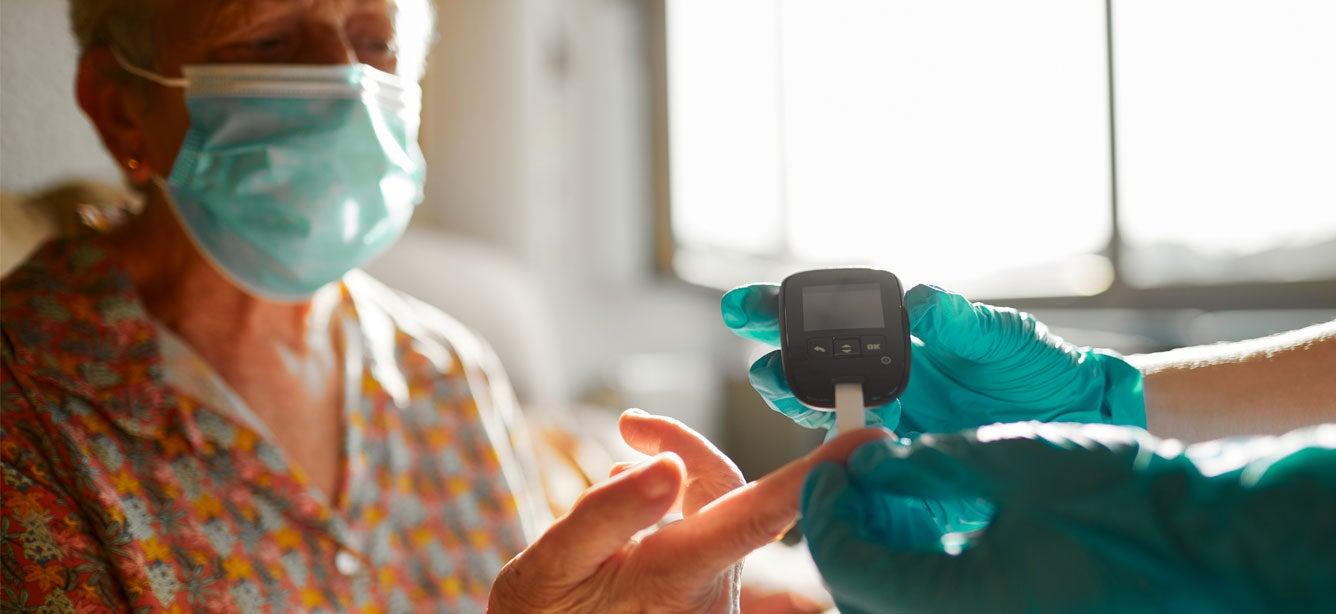
Most people first become eligible for Medicare when they turn 65. To make an informed decision about coverage options, it’s important to understand the costs associated with Medicare coverage.
People with higher incomes may have to pay more for their Medicare Part B and Part D monthly premiums. This is called the Income-Related Monthly Adjusted Amount, or IRMAA.
Part B
Medicare Part B helps pay for health care services such as doctor visits, preventive benefits, hospital outpatient surgery and care, ambulance services, outpatient mental health services, durable medical equipment, and home health care (that is not covered under Part A).
There is a monthly premium for Part B services. In 2025, most beneficiaries will pay $185/month for Part B.
Certain people pay more because they are subject to IRMAA. This rule applies to people whose modified adjusted gross income (MAGI) on their 2023 tax return was greater than $106,000 for individuals, or $212,000 for a couple.
|
Individual Income reported on tax return |
Joint income reported on tax return |
IRMAA amount |
Total Part B monthly premium |
|
≤ $106,000 |
≤$212,000 |
$0.00 |
$185 |
|
>$106,000 and ≤ $133,000 |
>$212,000 and ≤ $266,000 |
$74 |
$259 |
|
>$133,000 and ≤ $167,000 |
>$266,000 and ≤ $334,000 |
$185 |
$370 |
|
>$167,000 and ≤ $200,000 |
>$334,000 and ≤ $400,000 |
$295.90 |
$480.90 |
|
>$200,000 and < $500,000 |
>$400,000 and <$750,000 |
$406.90 |
$591.90 |
|
Greater than or equal to $500,000 | Greater than or equal to $750,000 | $443.90 | $628.90 |
If beneficiaries are married but file their income taxes separately, the Part B IRMAA in 2025 will be:
|
Married, filing separate income tax returns |
IRMAA amount |
Total monthly premium |
|
< $106,000 |
$0.00 |
$185 |
|
>$106,000 and <$394,000 |
$406.90 |
$591.90 |
|
Greater than or equal to $394,000 |
$443.90 |
$628.90 |
There are programs available to help pay the Part B premium for certain people with limited income and resources. Learn more about the Medicare Savings Programs (MSPs).
Medicare Part D
Part D is the stand-alone prescription drug coverage under Medicare. Part D plans are purchased through insurance companies that contract with Medicare.
Medicare beneficiaries who are subject to a higher Part B premium because of their income will also have to pay a higher Part D premium. The additional amount is calculated based on a percentage of the Part D national base beneficiary premium (not the premium of the particular plan you enroll in). In 2025, the national base beneficiary premium is $36.78 a month.
Individuals who make less than or equal to $106,000, or married couples filing jointly who make less than or equal to $212,000 are not subject to the higher Part D premium.
In 2025, IRMAA will require the following payments based on annual income (taken from the 2023 tax year):
|
Additional Part D premium amount |
Individuals with income between: |
Married couples filing joint tax return with income between: |
|
$0.00 | ≤$106,000 |
≤ $212,000 |
|
$13.70 | >$106,000 and ≤$133,000 | >$212,000 and ≤ $266,000 |
|
$35.30 |
>$133,000 and ≤$167,000 |
>$266,000 and ≤$334,000 |
|
$57.00 |
>$167,000 and ≤$200,000 |
>$334,000 and ≤$400,000 |
|
$78.60 |
>$200,000 and <$500,000 |
>$400,000 and <$750,000 |
| $85.80 | ≥$500,000 | ≥$750,000 |
If you are married but file separately, the Part D IRMAA amounts are:
- $0, if income is less than or equal to $106,000
- $78.60, if income is greater than $106,000 and less than $394,000
- $85.80, if income is greater than or equal to $394,000
Social Security will send you a letter if you currently pay a higher Part B premium (based on IRMAA) and you are enrolled in a Part D prescription drug plan. The letter will explain the additional Part D premium and that the amount owed will be deducted from your monthly Social Security check.
Please note that you still must pay your Part D premium directly to the plan you choose to enroll in.



